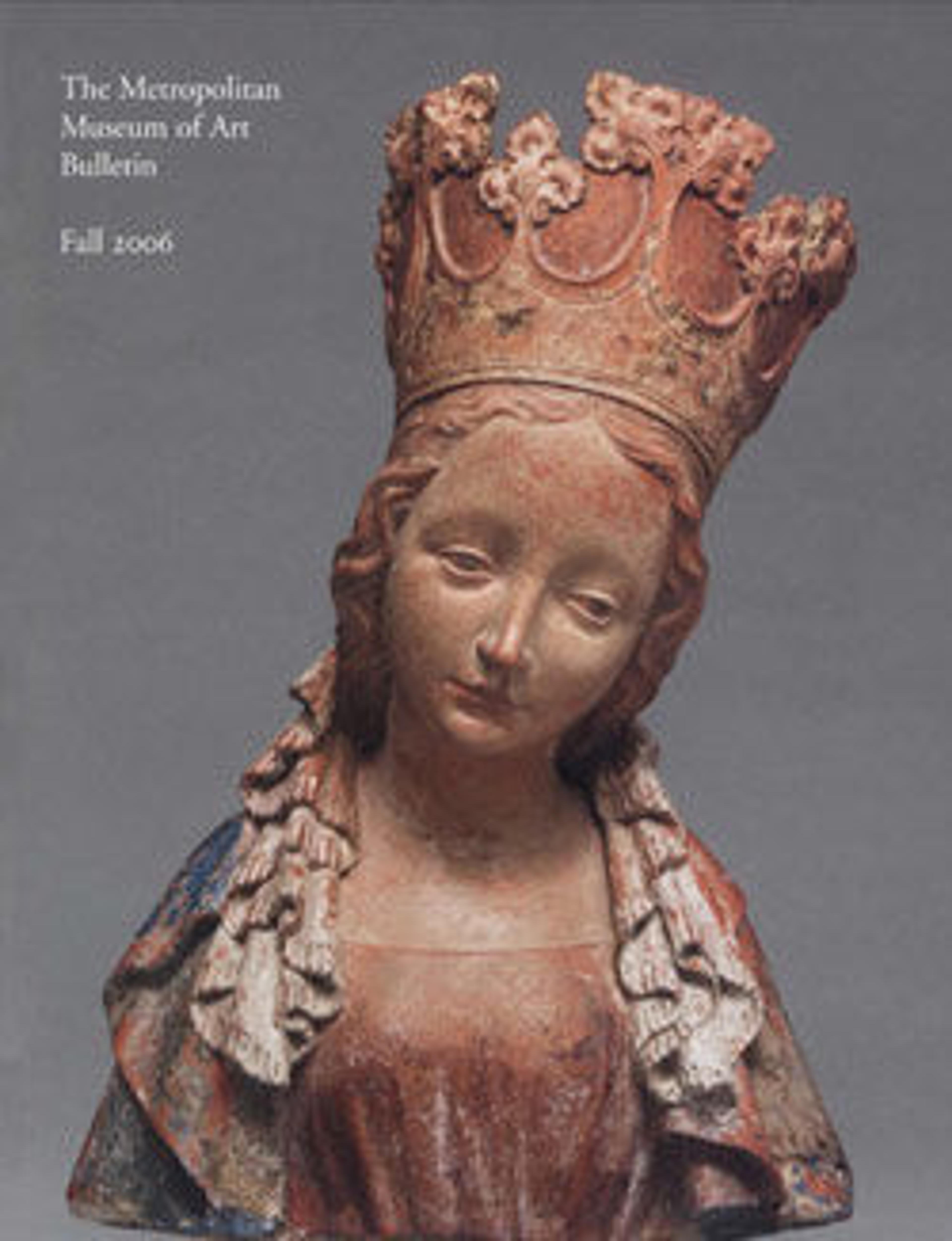Model of the foreleg of a horned animal, perhaps from a foundation deposit
The smoothed edges on this foreleg of an ox indicate that it is not a fragment from an animal figure, but a complete three-dimensional object in its own right. In fact, this master-piece of wood carving is a miniature representation of a khepesh, the most important meat offering that ancient Egyptians presented to the gods and the deceased.
The khepesh played a role in the foundation ceremonies of temples during which real joints of meat and ritual objects were placed in pits at significant points around the perimeter of the sacred building. From at least Dyansty 19, however, small khepesh models became part of foundation deposits. The elongated shape and delicate rendering of this khepesh suggest a date in the second half of Dynasty 18, when the art of animal representation was at its peak. This piece may be an earlier use of a model khepesh, or it served some other purpose.
The khepesh played a role in the foundation ceremonies of temples during which real joints of meat and ritual objects were placed in pits at significant points around the perimeter of the sacred building. From at least Dyansty 19, however, small khepesh models became part of foundation deposits. The elongated shape and delicate rendering of this khepesh suggest a date in the second half of Dynasty 18, when the art of animal representation was at its peak. This piece may be an earlier use of a model khepesh, or it served some other purpose.
Artwork Details
- Title:Model of the foreleg of a horned animal, perhaps from a foundation deposit
- Period:New Kingdom
- Dynasty:Dynasty 18
- Date:ca. 1400–1295 B.C.
- Geography:From Egypt
- Medium:Wood; remains of black pigment
- Dimensions:L. 12.7 cm (5 in.)
- Credit Line:Purchase, Lila Acheson Wallace Gift, 2006
- Object Number:2006.16
- Curatorial Department: Egyptian Art
More Artwork
Research Resources
The Met provides unparalleled resources for research and welcomes an international community of students and scholars. The Met's Open Access API is where creators and researchers can connect to the The Met collection. Open Access data and public domain images are available for unrestricted commercial and noncommercial use without permission or fee.
To request images under copyright and other restrictions, please use this Image Request form.
Feedback
We continue to research and examine historical and cultural context for objects in The Met collection. If you have comments or questions about this object record, please contact us using the form below. The Museum looks forward to receiving your comments.
